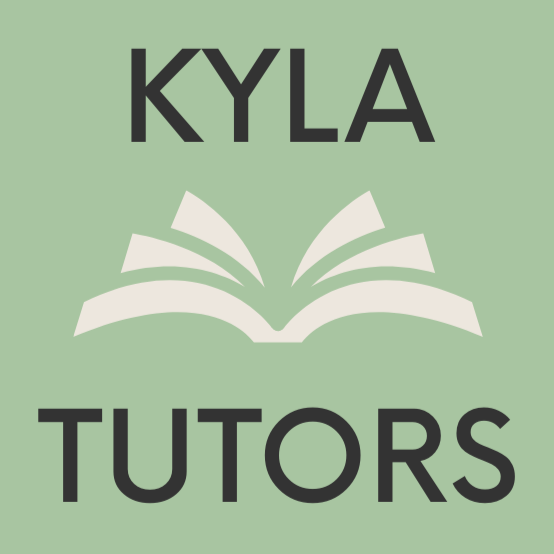Your specification: the ultimate revision tool
When you start preparing for exams, it’s easy to feel overwhelmed. Where do you even begin? The answer: with your exam specification.
Too many students only realise part of the way through revising for their final exams that exam boards publish detailed documents outlining exactly what you’re expected to know. Just search for the name of your qualification and exam board, followed by the word ‘specification’ (e.g., “AQA A-Level chemistry specification”) and you should be able to find it.
Think of your specification as your revision roadmap: it shows you the whole journey, all the checkpoints, and how to tell when you’ve arrived. Here’s why your specification is so powerful and how to make the most of it.
1. Your checklist of progress
Every line in the specification details something you could be tested on. Use it as a checklist and tick off topics as you revise them (you could do one tick for having gone over notes, then one for having done questions, then one for having completed a flashcard deck, etc.). Not only does this keep you organised, it’s also hugely motivating as you can see how you’re progressing in real time.
I recommend keeping a digital copy on your phone or laptop so you can review it on the go and a printed copy alongside whatever notes you use to revise.
2. Your contents page
If you’re struggling to keep your notes and practice questions organised, you could use the headings and subheadings in your specification to keep everything organised. You can do this in folders on your computer for digital notes and/or using file dividers for physical notes and questions. This means when you need to revise a specific topic, you know exactly where to look to find everything.
3. Your safety net for missed content
You may find something listed in the specification that you don’t remember ever covering in class. Don’t panic - this is exactly why your specification is useful.
Flag the particular point in the specification and check back through your class notes or revision guide. If it still doesn’t look familiar, ask your teacher for clarification. It’s better to spot gaps now than in the middle of your exam!
4. Your link between lessons and exams
One of the most powerful habits you can build is matching each lesson you have at school to the relevant point in the specification. After a class, take a few minutes to ask yourself: “Where does this fit in with the rest of my course?”. Doing this will give you three advantages:
You’ll understand how today’s lesson links into the bigger picture;
You’ll spot straight away if you’ve covered part of a topic but not the whole thing; and
You'll end up with a neat record of what was taught when, giving you a perfect guide for revision later.
This habit makes revision so much smoother, because you’re constantly keeping the specification at the centre of your studies.
Summary: putting everything into action
Download your specification (it’s free and accessible from your exam board’s website).
Keep two copies: one digital (for quick reference) and one printed (for ticking off and filing).
Use the specification headings as your organisational system for notes and past paper practice.
Build the habit of linking every lesson back to the specification, so you always know where you are in the bigger picture.
Highlight any gaps and ask your teacher - don’t leave question marks until the last minute.
Think of your exam specification as your roadmap: if you follow it carefully, you’ll never get lost in your revision. It’s not just a boring document - it’s the most powerful tool you already have at your fingertips.
Need help putting it into practice?
Using your specification is brilliant for organisation, but ticking off topics is only useful if you actually understand them. If you’d like support with learning the content, tackling tricky questions, or building a revision plan that works for you, you can book one-to-one tutoring sessions with me.
You can start by booking a free 15-minute call using the button below to chat about your goals and see how I can help!
